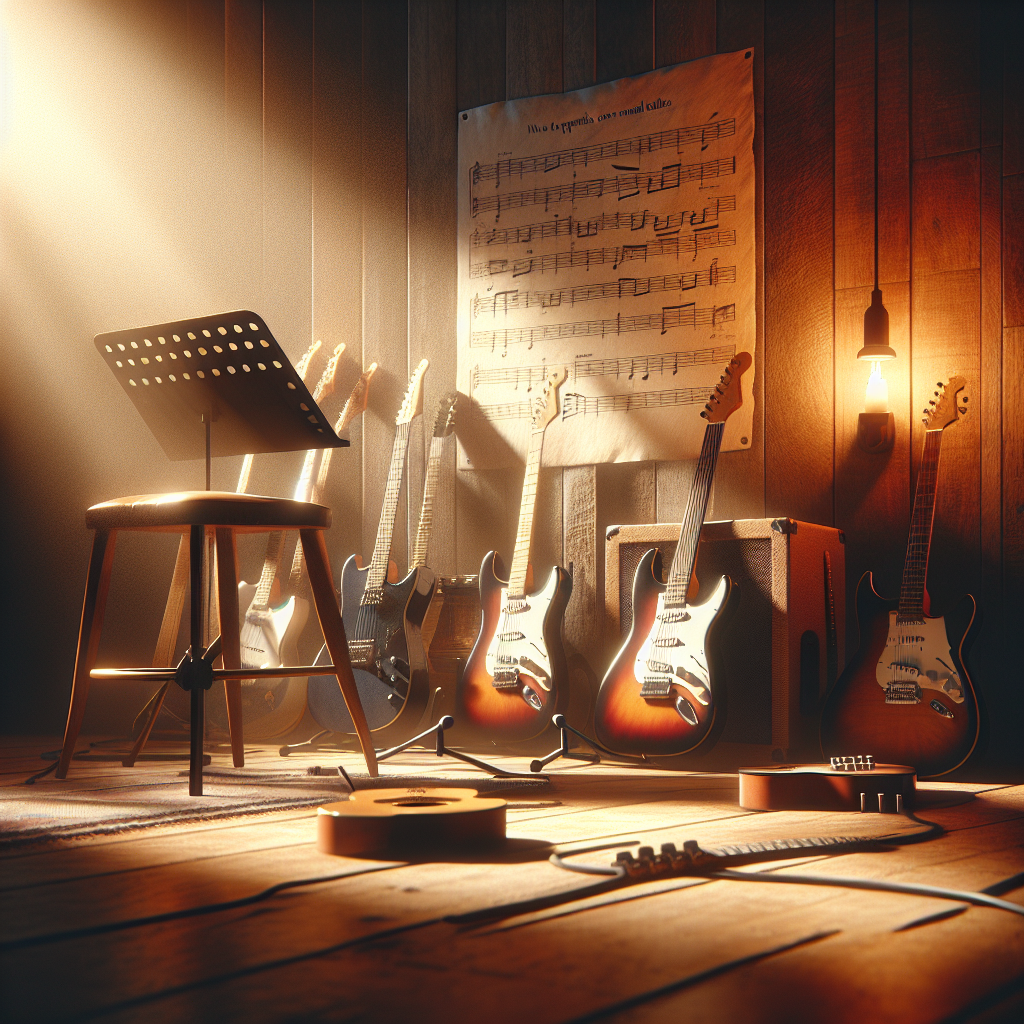
When it comes to soloing over modal chords, many guitarists find themselves unsure of how to approach this aspect of improvisation.
When it comes to soloing over modal chords, many guitarists find themselves unsure of how to approach this aspect of improvisation. Modal playing adds a whole new layer of complexity to soloing, as each mode has its own unique flavour and set of guidelines. However, with the right approach and tools at your disposal, you can confidently navigate the world of modal soloing on the guitar.
Understanding the basic theory behind modal chords is crucial. Each mode is derived from a different scale and has its own distinct set of intervals and characteristics. For example, the Dorian mode is built off the second degree of the major scale and has a minor sound, while the Mixolydian mode is based on the fifth degree of the major scale and has a dominant sound.
To effectively solo over modal chords, it's essential to be able to visualise the relevant triads on the fretboard. Using a triad visualisation tool can help you map out the triads that correspond to each mode, allowing you to target the chord tones and create melodic lines that complement the underlying harmony.
In addition to triad visualisation, having a solid understanding of the notes on the fretboard is key. A tool for learning the notes of the fretboard can be incredibly beneficial in helping you quickly identify the root notes, thirds, fifths, and sevenths of each chord, enabling you to create more cohesive and musically satisfying solos.
Ear training is another essential component of soloing over modal chords. Developing your ear will allow you to intuitively hear the unique characteristics of each mode and make informed melodic choices that enhance the overall musicality of your playing.
When soloing over modal chords, incorporating arpeggios and scales specific to each mode can also greatly enhance your improvisational skills. Practising arpeggios and scales such as the major and natural minor scales in different positions on the fretboard will enable you to navigate the modal landscape with confidence and creativity.
While some guitarists swear by the CAGED system for soloing, I prefer recognising triads all over the fretboard to create more fluid and versatile melodic lines. By honing your triad recognition skills and utilising the tools available for ear training, arpeggios, and scale practice, you can take your modal soloing to the next level and unlock a world of musical possibilities on the guitar.

In conclusion, approaching soloing over modal chords on the guitar requires a combination of theoretical knowledge, practical skills, and ear training. By incorporating tools such as triad visualisation, fretboard note learning, ear training exercises, and scale/arpeggio practice into your daily routine, you can develop a deeper understanding of modal playing and elevate your improvisational abilities to new heights. So, grab your guitar, explore the world of modal chords, and let your creativity soar on the fretboard.
